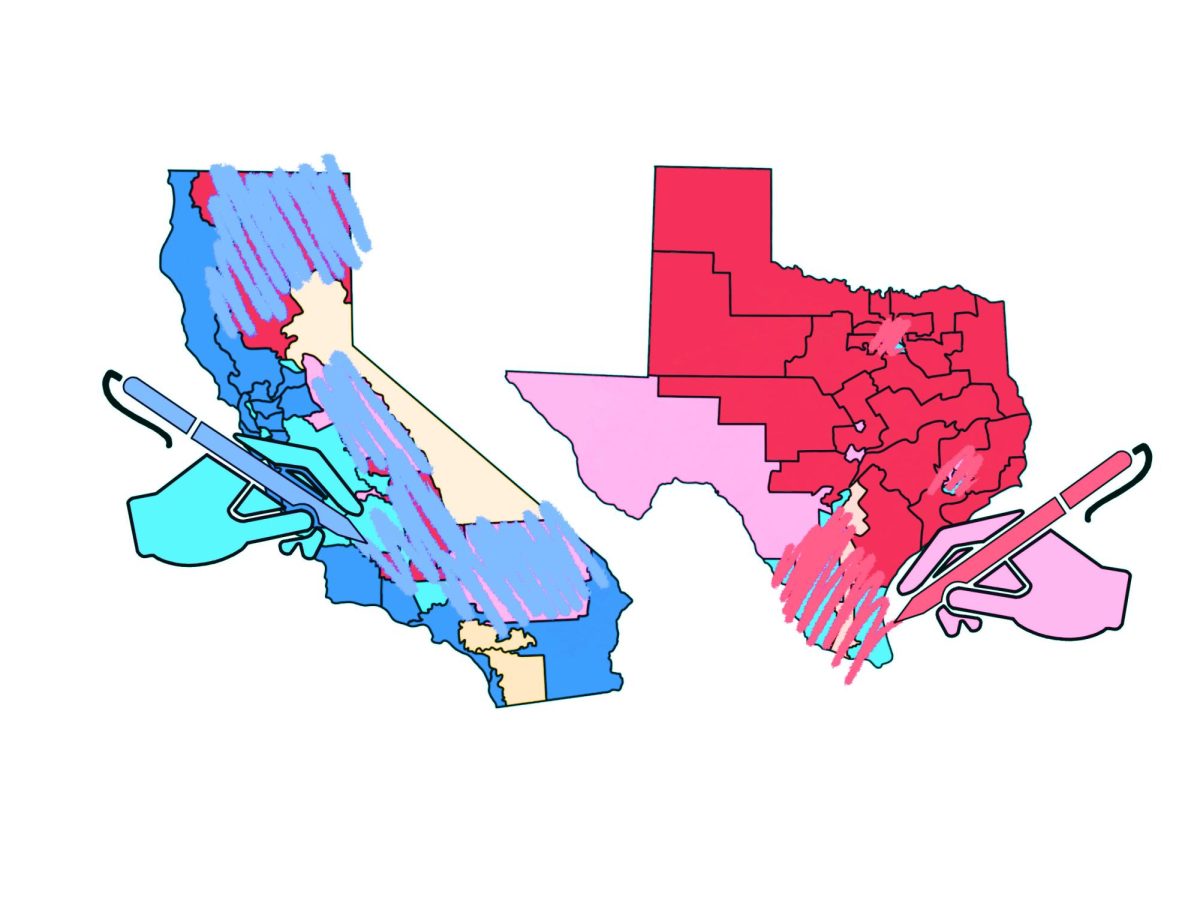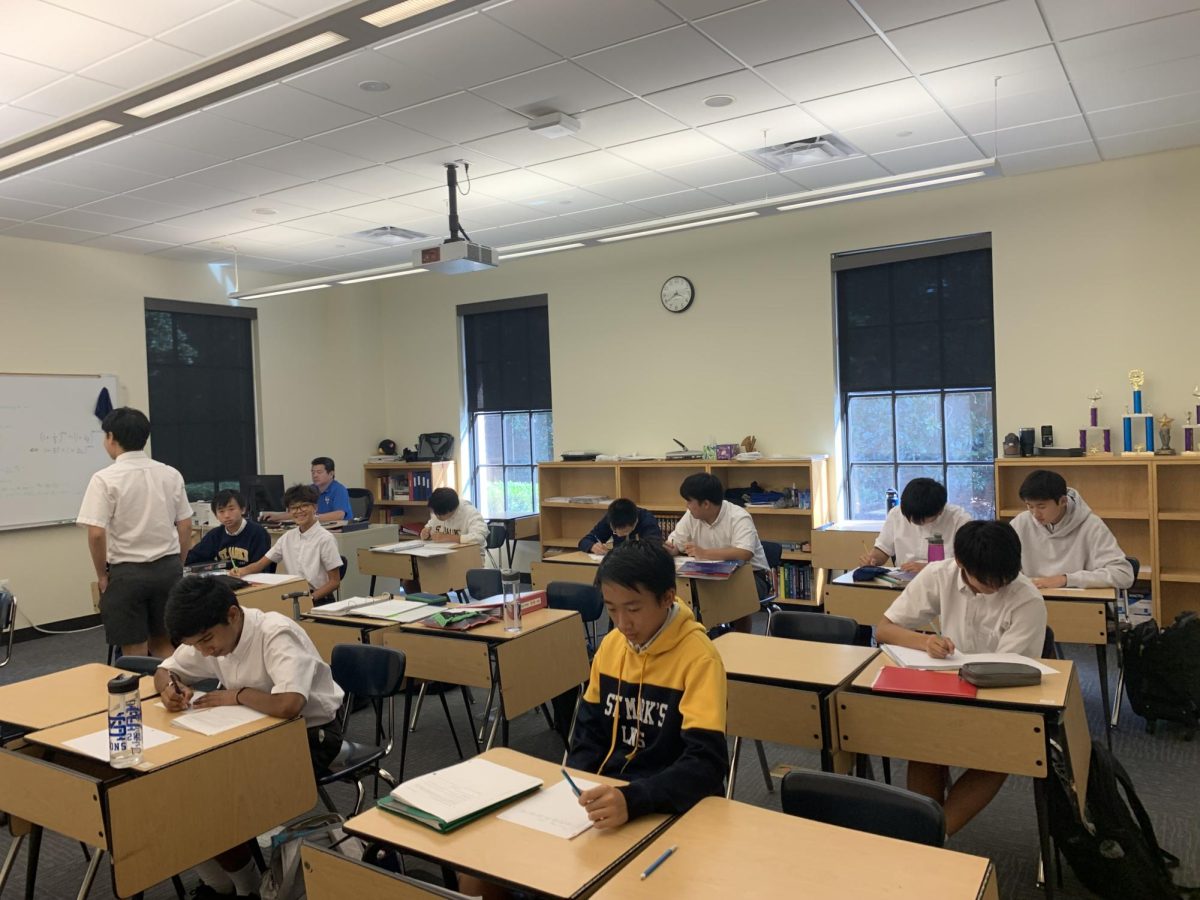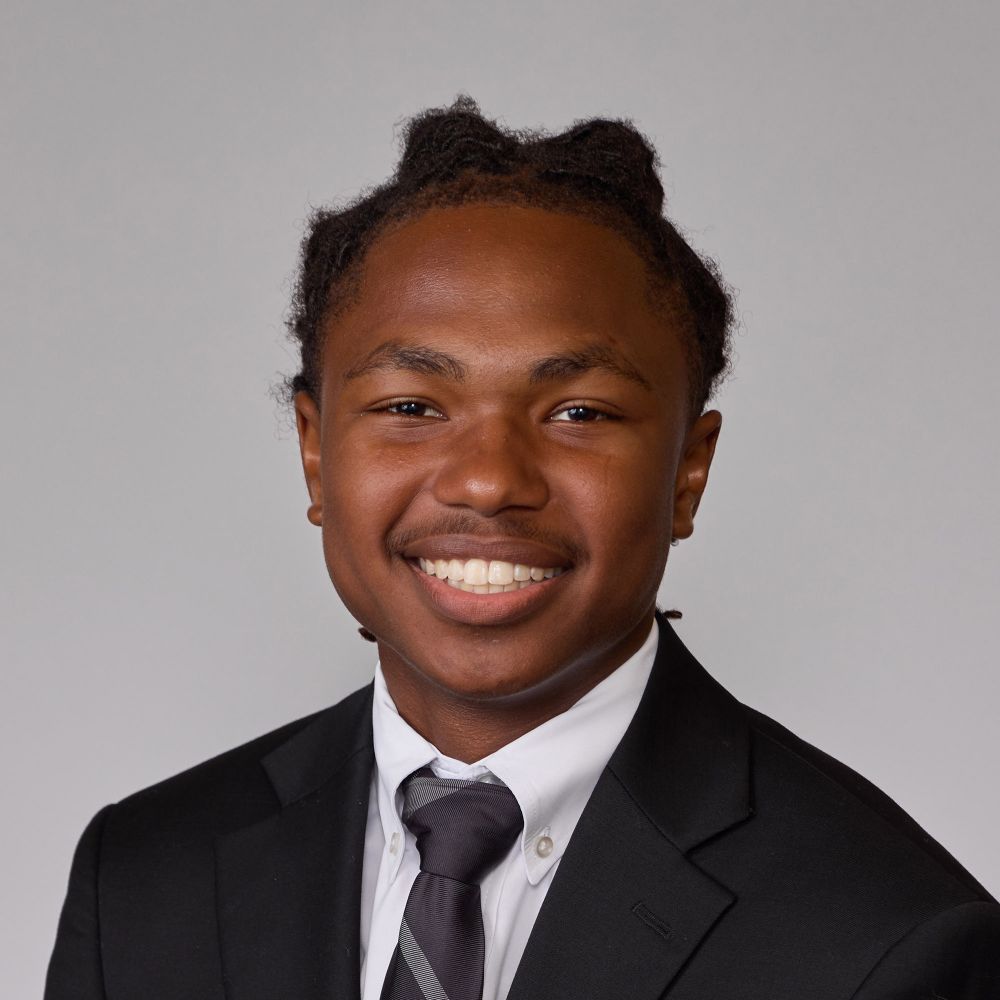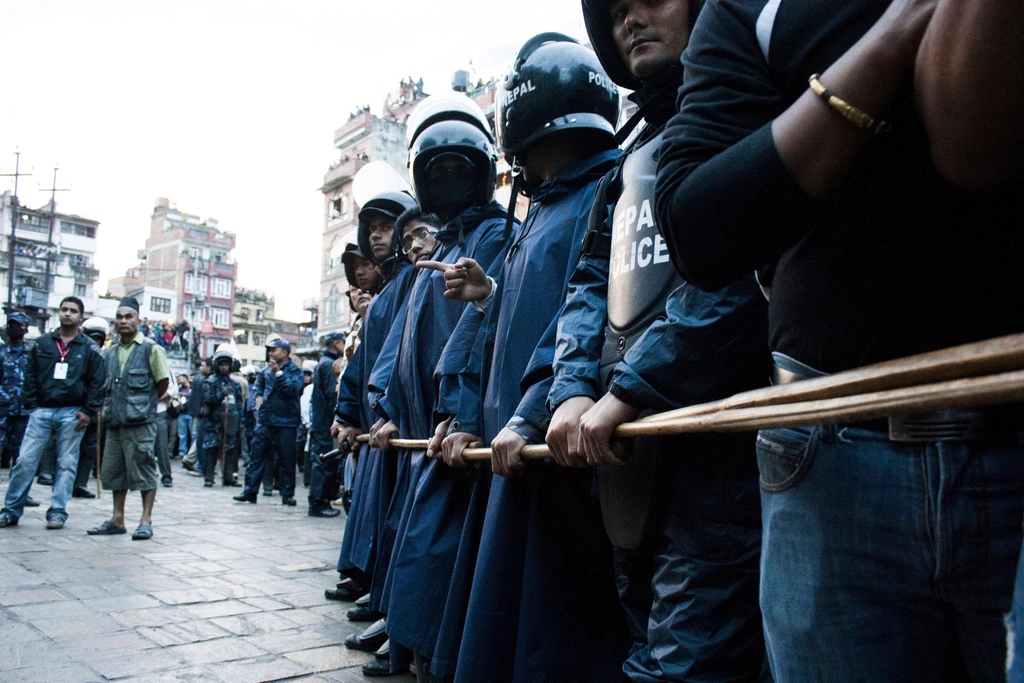In 2021, a historic Texas snowstorm placed the state firmly under lockdown, ending a 5-year streak of near completely snowless winters. Since that storm, flurries of snow and ice have become a consistent part of winter here in DFW and don’t seem to be stopping. After seeing a long spell of sub-freezing temperatures overlap with upcoming precipitation, many students across the metroplex expected their MLK weekend to be extended another day. Many were right, witnessing school after school closing their doors on Tuesday, Jan. 16.
But not St. Mark’s.
Although many students hope for snow days every year, every day missed has a massive toll on the school’s curriculum and scheduling. Classes and athletics can be pushed back for days, doubling behind-the-scenes work for administration.
In the case of Jan. 16, the administrative heads–Interim Head of Upper School John Ashton, Headmaster David Dini, Head of Middle School Dean Clayman and Interim Head of Lower School Marion Glorioso-Kirby–met as soon as possible to discuss the next day’s weather.
One of the metrics the school uses in deciding whether to cancel classes due to dangerous weather conditions is the decisions made by other local schools. Public and private schools around the metroplex with broader student populations may have drastically different safety requirements.
“We’re free to make an independent decision for St. Mark’s, which we will ultimately do,” Ashton said. “I think this event had more complexity to it. DISD or many of the large metropolitan districts have problems that we don’t have. For example, I’m imagining that they had to consider children waiting at the bus stop for 30 minutes, and, with the windchill when we came back on Tuesday in the single digits, it gets cold pretty quickly.”
In previous years, the school has often notified students and families of canceled classes at 5 a.m. the day of.. Due to constantly changing factors in the forecast, the decision to cancel school or not can remain up in the air until the last minute as conditions clear up.
The administrative team’s decision on the status of the school ultimately comes down to safety, and the biggest danger to students during the winter is icy roads. While snow certainly reduces traction, movement on ice is even more unpredictable and extremely dangerous. Experienced drivers (rarely teenagers) know to watch out for slick roads. A resident Colorado native, Science Instructor Dan Northcut has had to deal with a variety of winter surfaces his whole life.
“I only drive on ice if I have to,” Northcut said. “With snow, it’s not so bad…but even the best drivers can lose control on ice.”
Texas’s unique climate makes ice more dangerous to drive on than in other states. In Colorado, the temperatures are low enough for snow to stick to the ground and layer safely. Dallas’s humid subtropical climate keeps surface temperatures warm enough so that snow rarely stays on the ground and instead melts and refreezes overnight, causing roads to ice over. Dallas drivers, inexperienced in cold weather, may also be just as hazardous as the ice.
For students hoping to get a winter break early this year, it’s not too late. Many reputable sources in climate prediction and farming predict an unseasonably cold February and March. And according to Northcut, anything could happen – good, bad, cold or warm.
“Because of any wind patterns or any low or high-pressure system that develops,” Northcut said, “or because it’s cloudy in this little region here or not cloudy in that region, that makes this high pressure or that low pressure, and that affects whatever’s next to it – there’s so many variables that long-term weather prediction is just a dream.”
As the weather proves increasingly more volatile, students and faculty may seem forced to sit and wait for what comes next. Rather than focusing on the negatives, energy might be better spent preparing for the worst.
“The best plan is to count on there being bad weather and to be prepared for it,” Northcut said. “That way, if it doesn’t happen, it’s all good, but if it does, you’re ready.”













